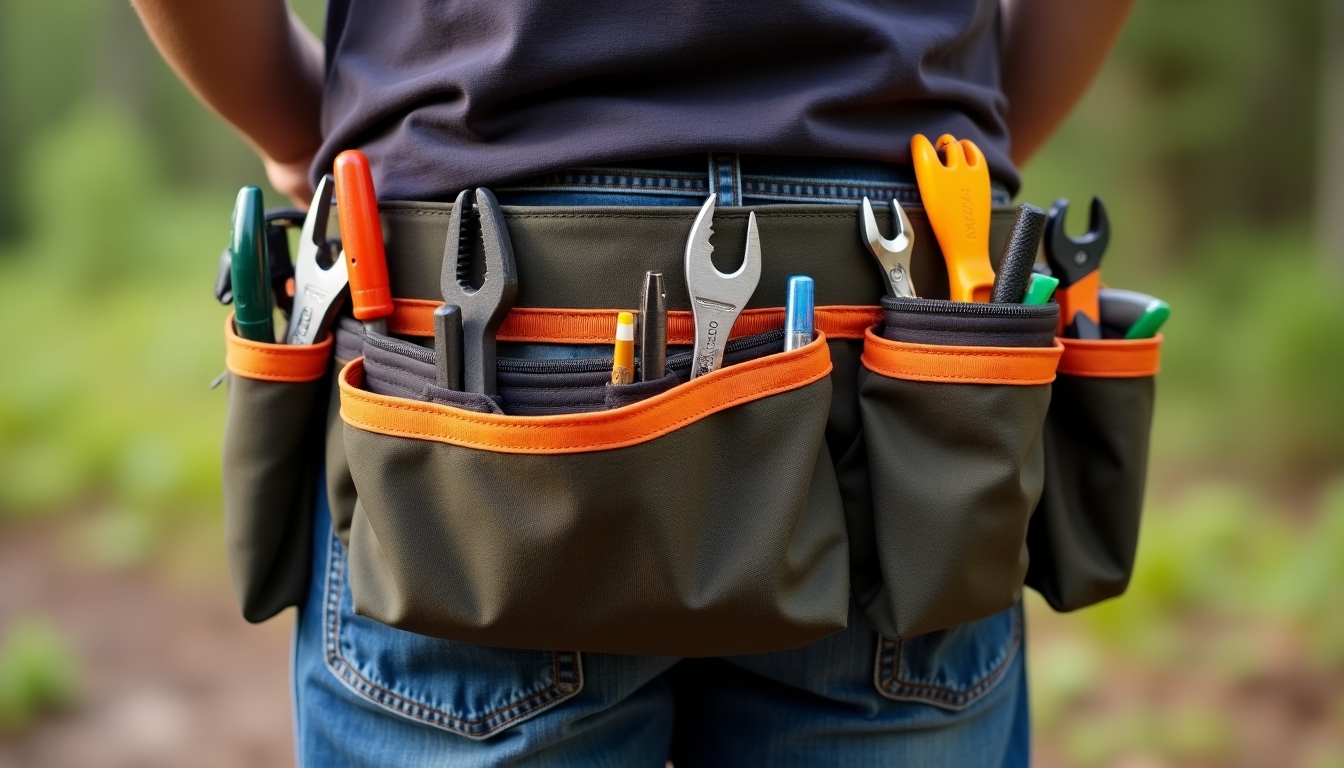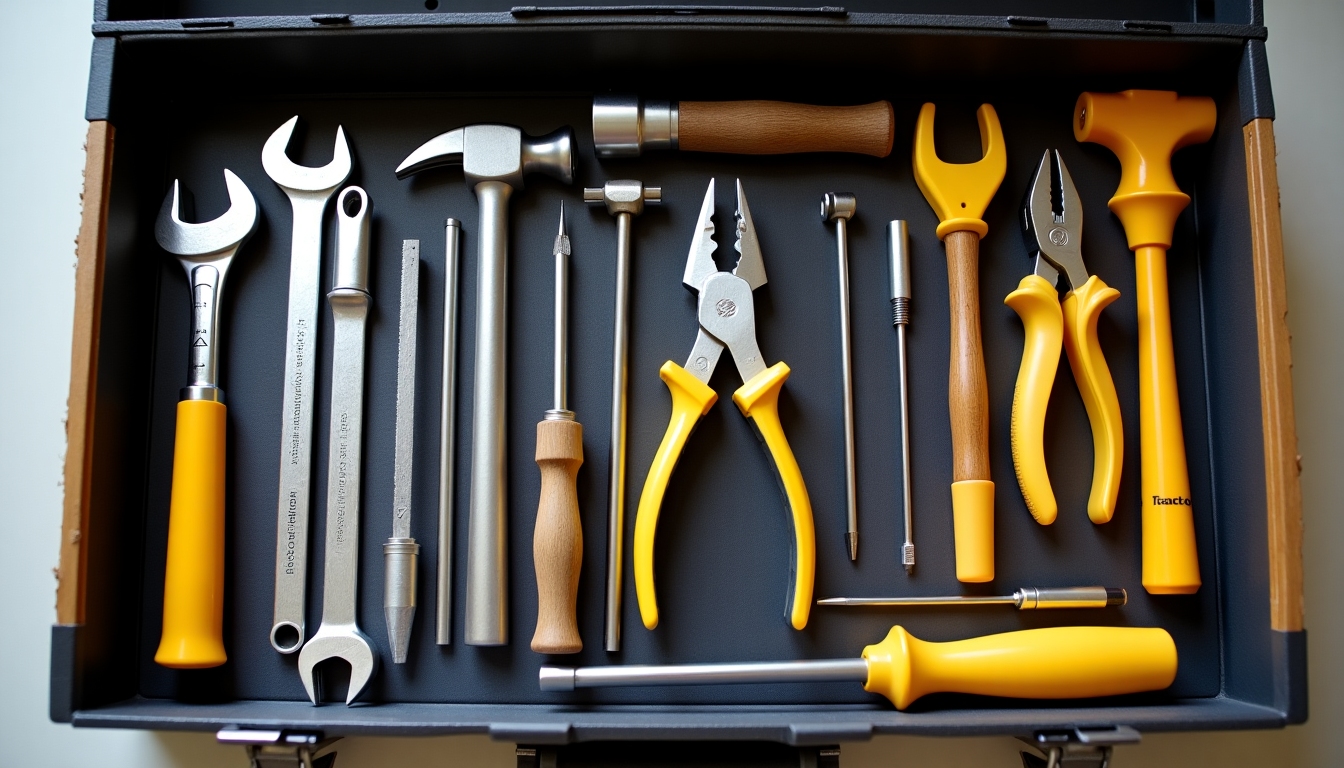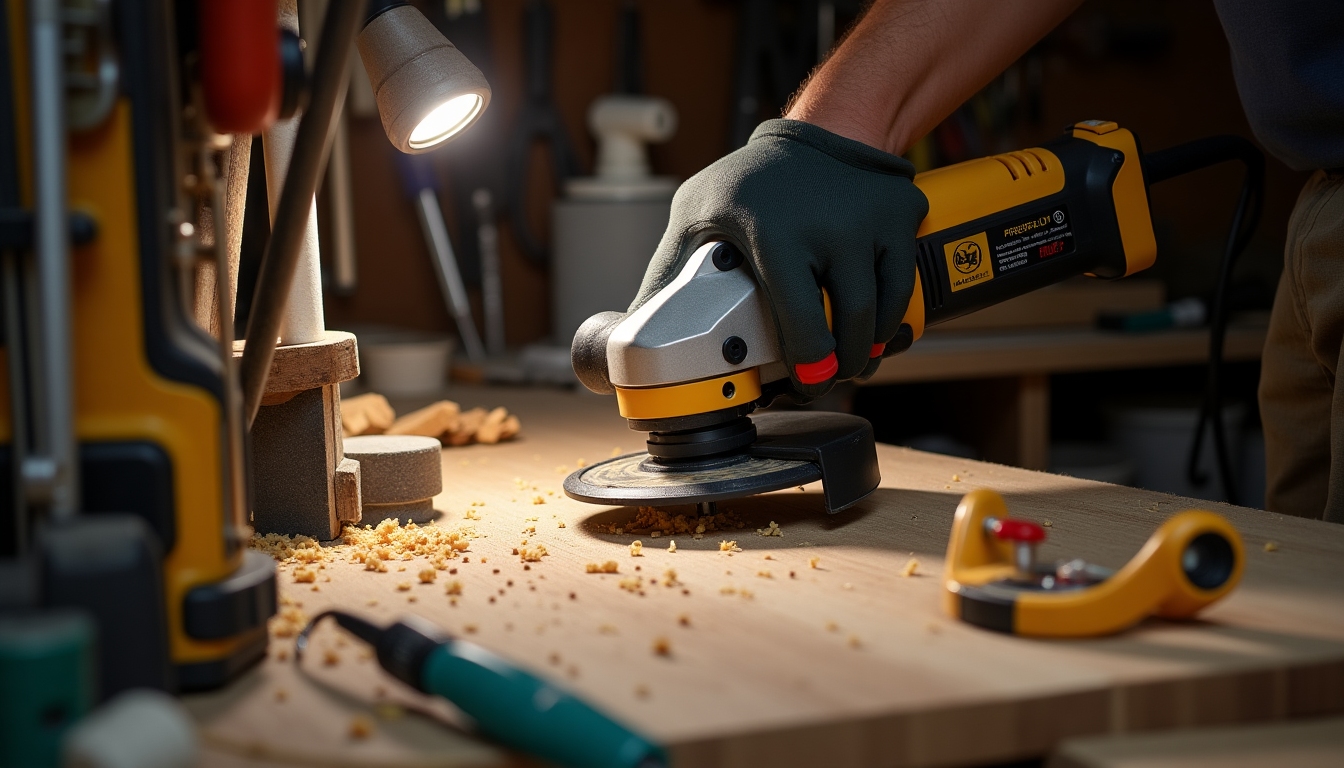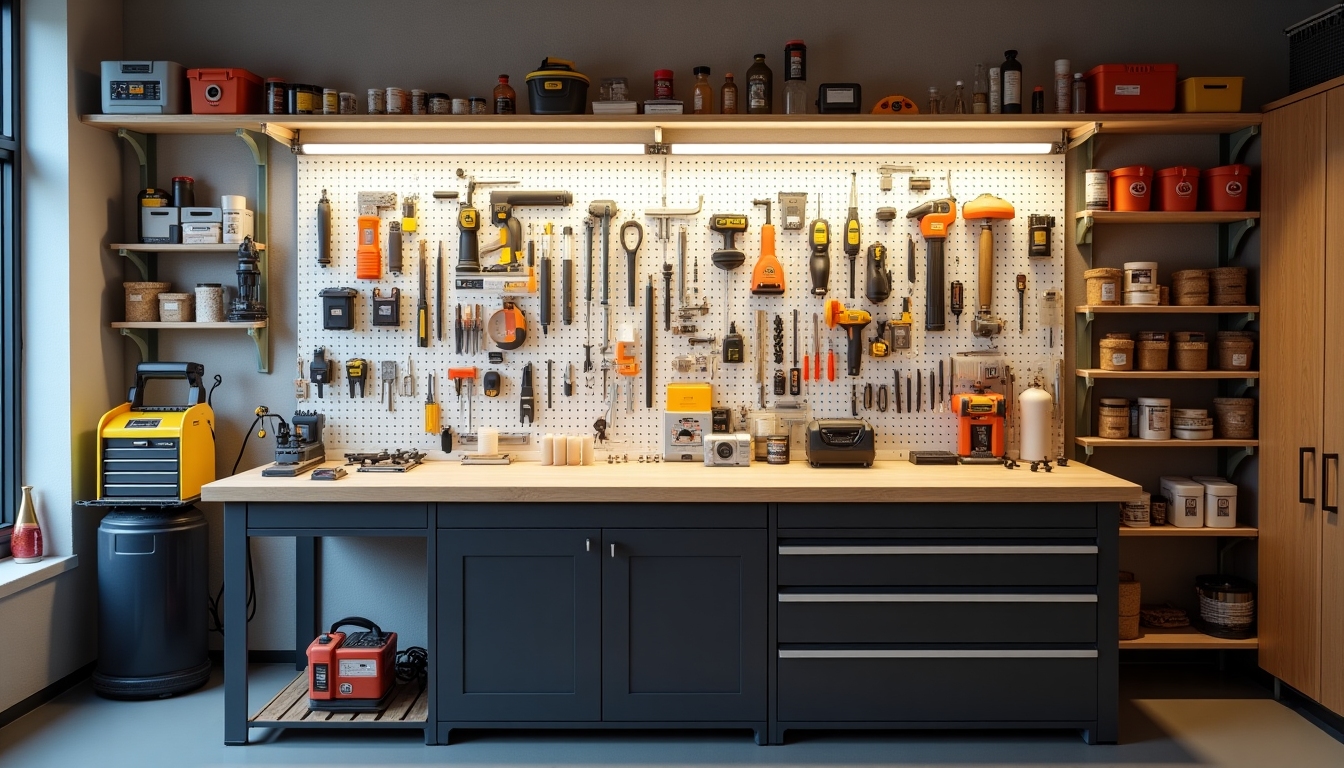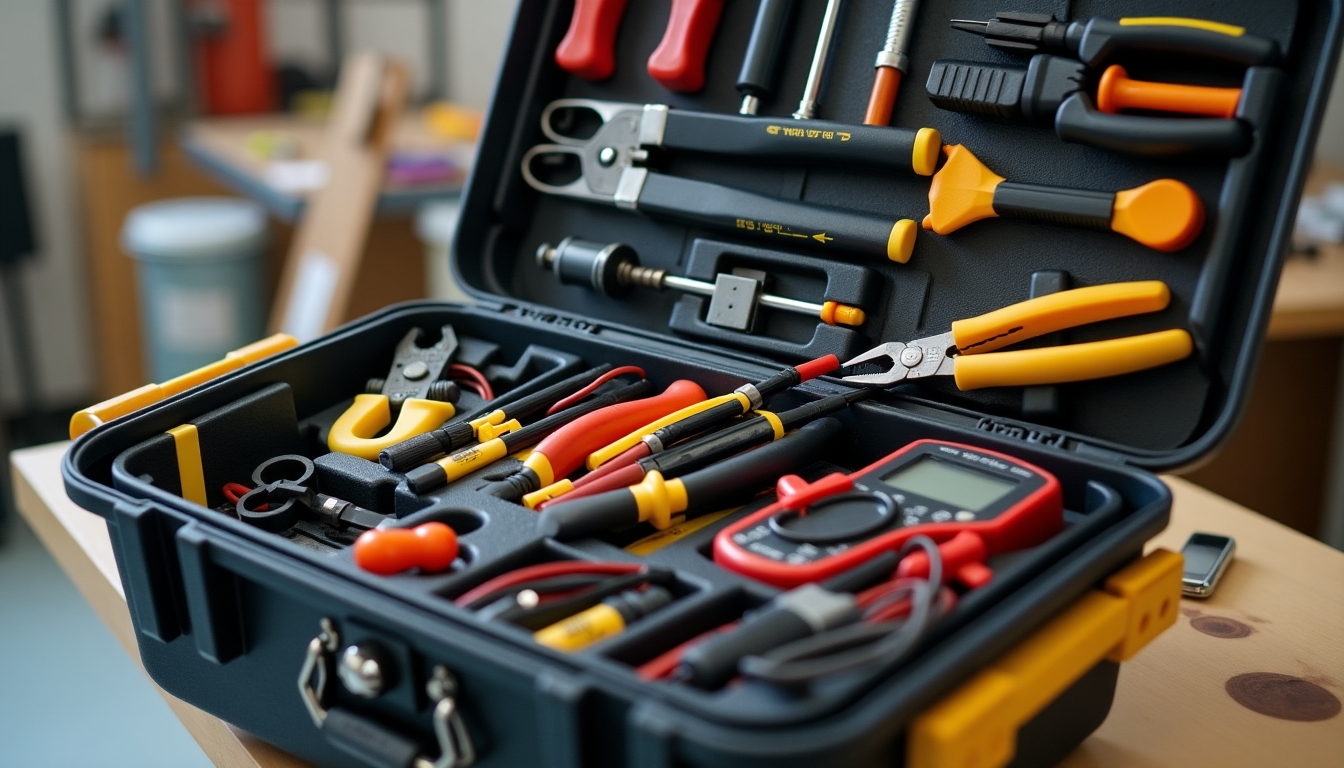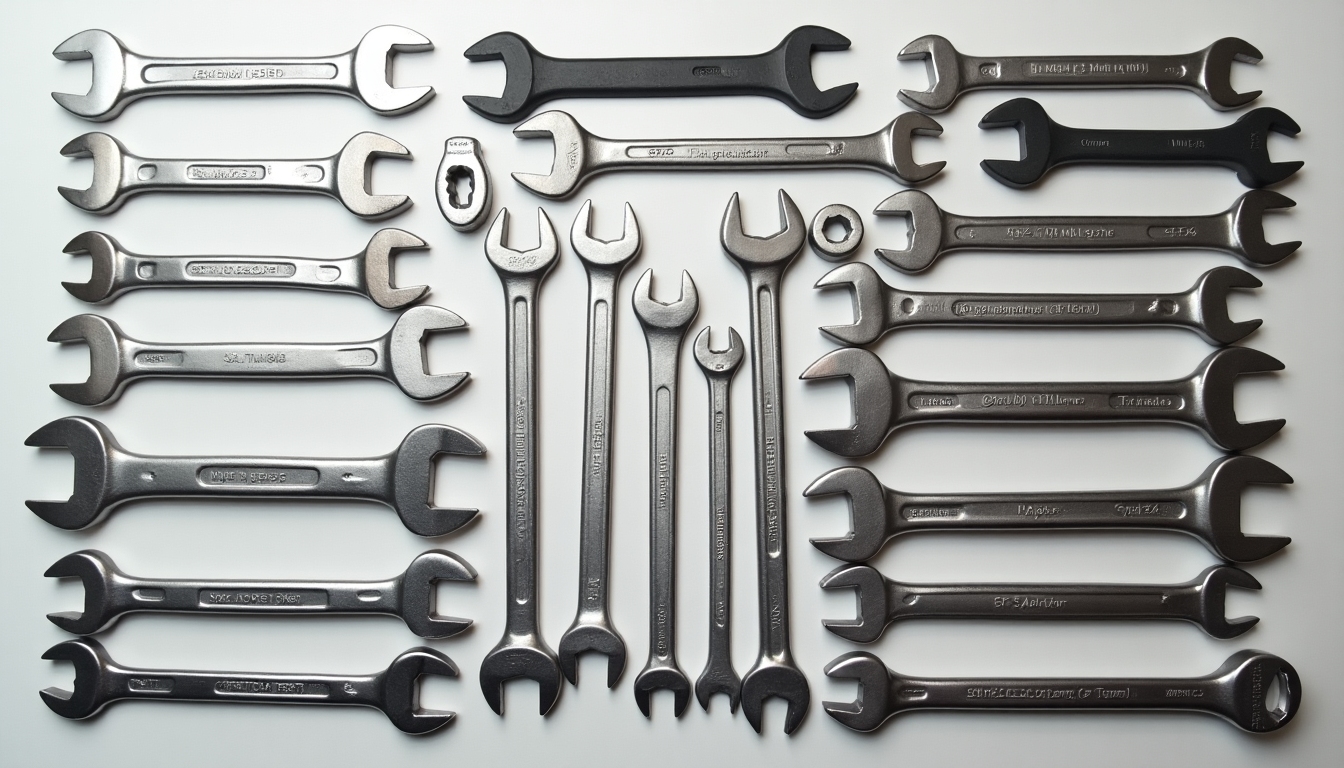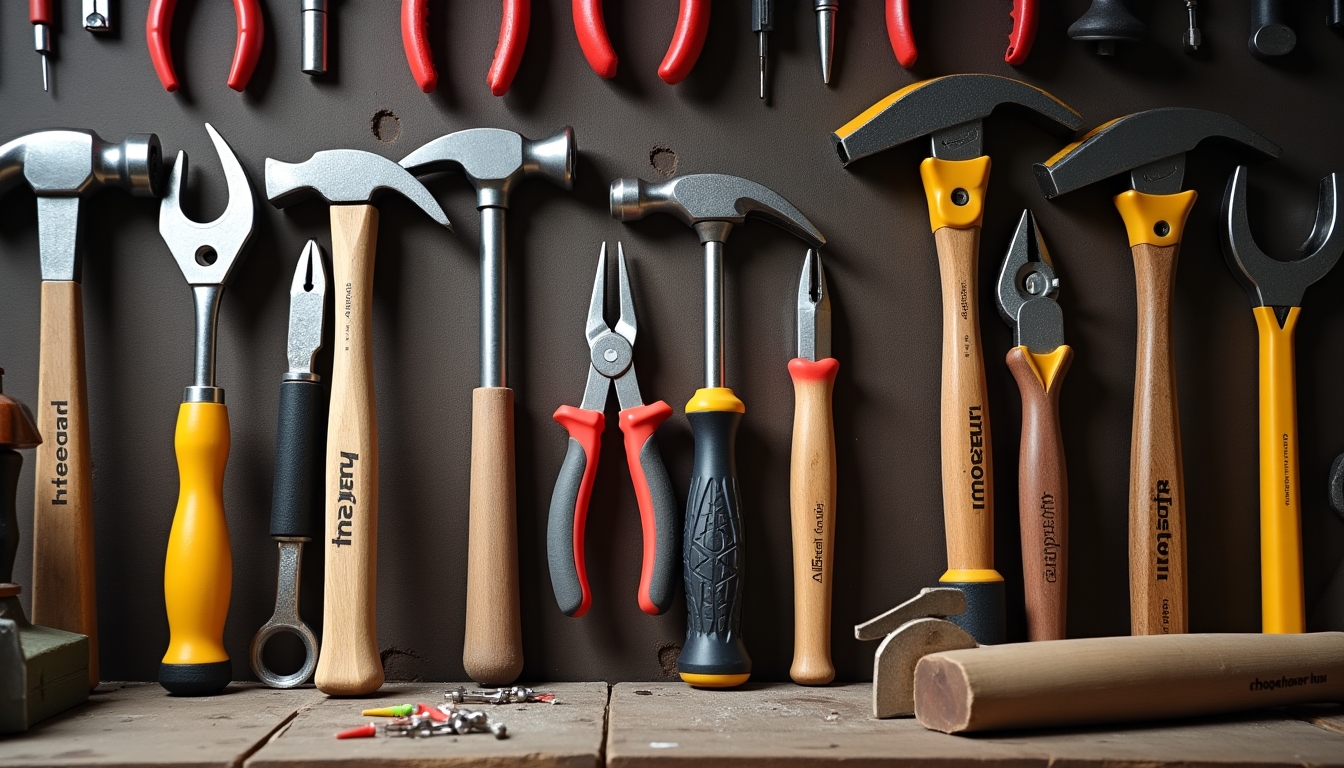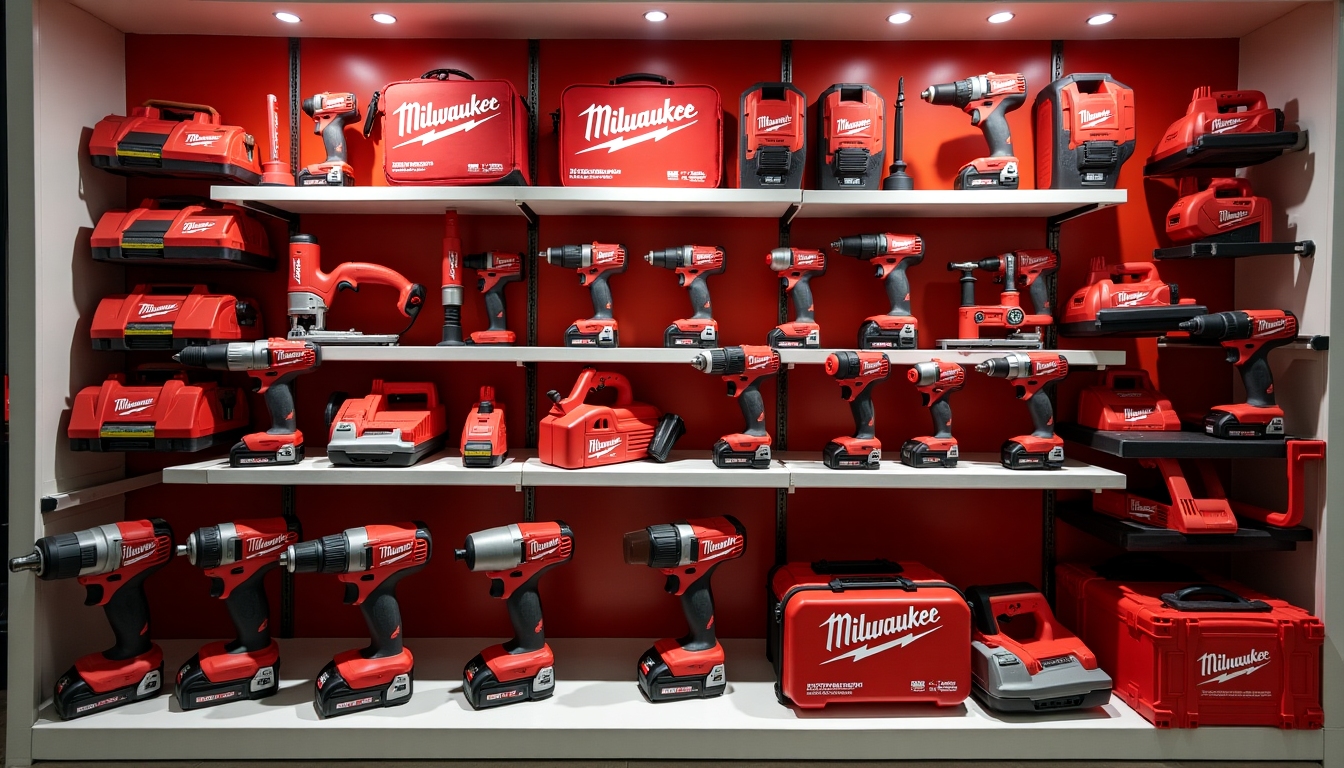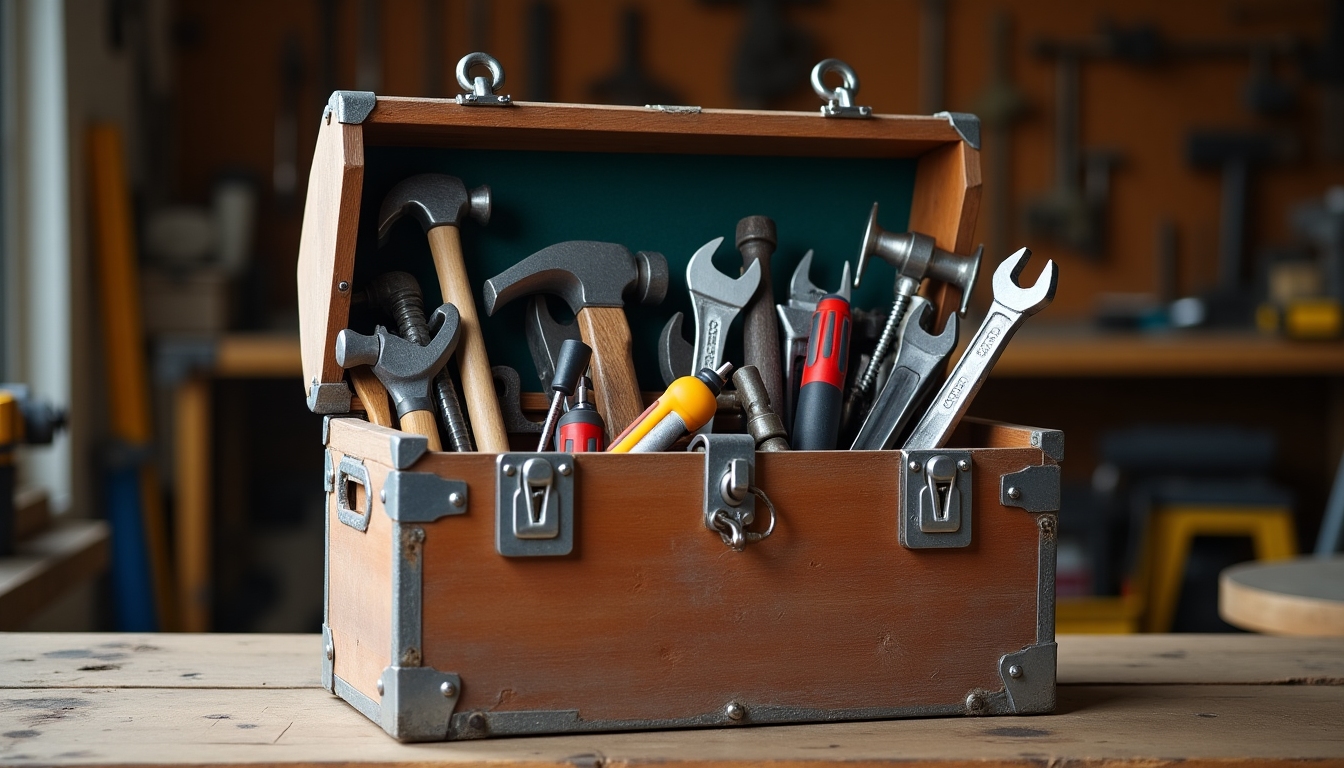Every painter, whether professional or hobbyist, requires a set of essential tools that make their work efficient and of high quality. In this article, we explore the must-have tools in a painter's toolkit and offer insights into their uses and benefits.
Understanding the Basics of a Painter's Toolkit
When embarking on a painting project, having the right tools is crucial to ensure the best results. From preparation to finishing touches, each tool has its unique role in achieving a professional-looking outcome. Let's delve into some essential painting tools and their applications.
Brushes and Rollers
Brushes and rollers are among the fundamental tools in any painter's arsenal. They come in various sizes and types to suit different surfaces and paints. For precise edges and corners, a high-quality brush is indispensable. They allow for control and detail, especially in cutting in around edges. On the other hand, rollers are excellent for covering larger areas quickly and evenly.
Paint Trays and Pouring Spouts
Spillage and wastage can be minimized with strategic tools like paint trays and pouring spouts. Paint trays are especially handy for loading paint onto rollers without excess mess. Pouring spouts fit onto paint cans to prevent drips while transferring paint into trays or smaller containers, maintaining a clean environment and saving time on cleanup.
Drop Cloths and Masking Tape
Protecting surfaces is a priority when painting. Drop cloths safeguard floors and furniture from accidental spills, while masking tape is perfect for creating clean lines and protecting edges. Invest in quality tapes that stick well but remove cleanly to avoid frustrating residue.
Additional Handy Tools
Apart from the basics, several other tools can enhance a painter's efficiency and final results.
Sandpaper and Scrapers
Prepping surfaces before painting is crucial for a smooth finish, and sandpaper is essential for this task. It helps in smoothing out rough patches and ensuring old paint is fully stripped. Scrapers assist in removing old, peeling paint and are indispensable for prepping surfaces thoroughly.
Ladder or Step Stool
Reaching high areas without straining oneself requires a sturdy ladder or step stool. Painters should ensure they have a ladder that's appropriate for the height needed and always prioritize safety while using one.
Paint Extenders
Paint extenders are particularly helpful when dealing with large areas. They attach to rollers and brushes, allowing painters to reach higher and further without the constant need to reposition a ladder.
Cleaning Tools
Maintaining tools post-painting increases their lifespan and performance. Brush cleaners and combs are necessary to preserve the bristle quality of brushes. A simple five-minute cleaning process can significantly enhance the tool’s longevity and usability.
Personal Insights from Experienced Painters
Having spoken with several professional painters, the consensus is clear: the best toolkit is not the most expensive, but rather one that's thoughtfully assembled over time. Their advice is to start with essential tools and gradually add more specialized items as one's expertise and project scope expands. An effective strategy is to observe the tools used by experienced painters and adapt them to one's own needs.
Conclusion
A well-equipped painter's toolkit is a combination of basic necessities and specialized tools. Whether you're painting a room or a canvas, investing in quality tools means better results and a more enjoyable painting experience. Always remember, the foundation of great artistry lies not only in talent but also in preparation and the tools you choose!
Recommended Readings
- Building a Painting Routine: Essentials for Beginners
- Advanced Techniques in Paint Application
- Caring for Your Painting Tools: A Comprehensive Guide
Related must-have tools in a painter's toolkit:
- Tool Belts with Customizable Pockets: Enhance Your Workflow
- Essential Maintenance Tips for Workman Tools
- Master Oscillating Tools for Tight Spaces: A Comprehensive Guide
- Exploring Ergonomic Workman Tools for Today's Craftsmen
- Essential Workman Tools for Electricians and Plumbers
- How to Choose the Right Wrench Size
- High-Quality Workman Tools: A Professional's Guide
- A Guide to Popular Brands for Workman Tools
- Essential Workman Tool Maintenance Tips
- Top-Ranking Guide on Tool Belts for Construction Workers
- Guide to Plumbing Tools: Essential Workman Tools for Every Project
- Ergonomic Workman Tools for Comfort: A Comprehensive Guide
